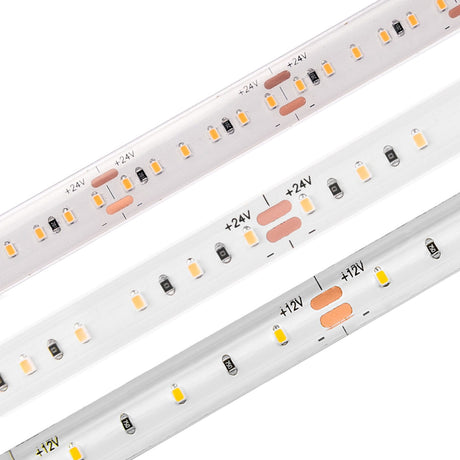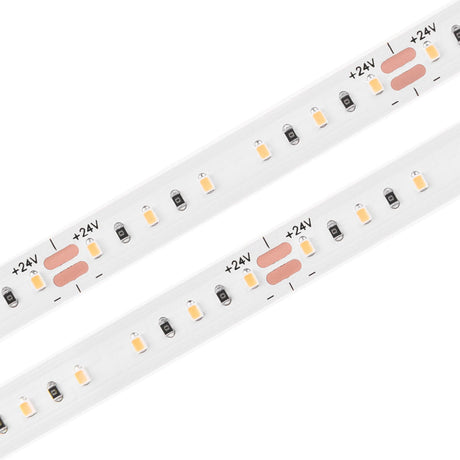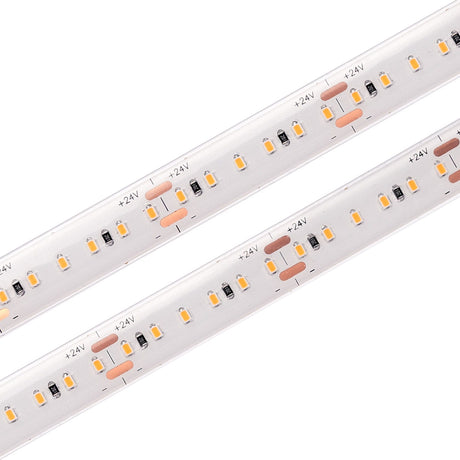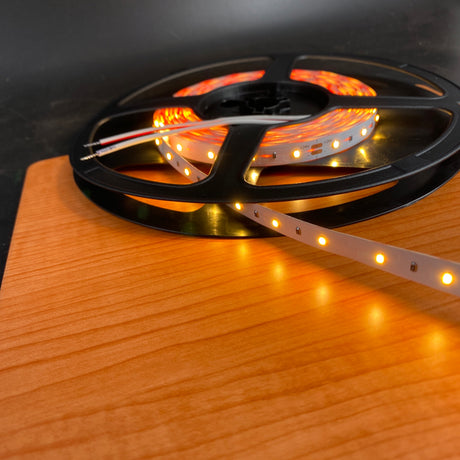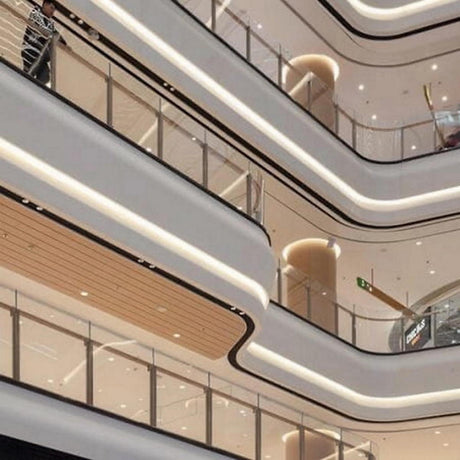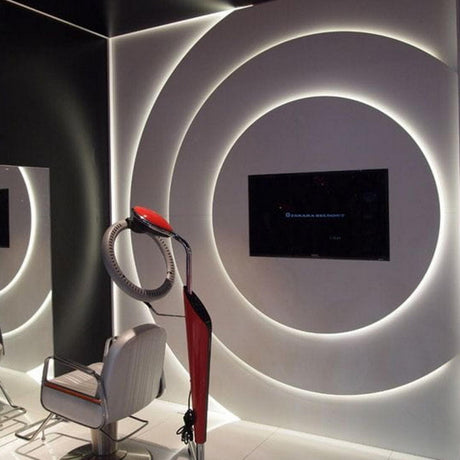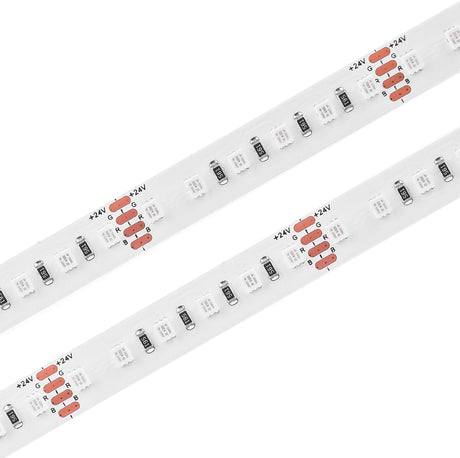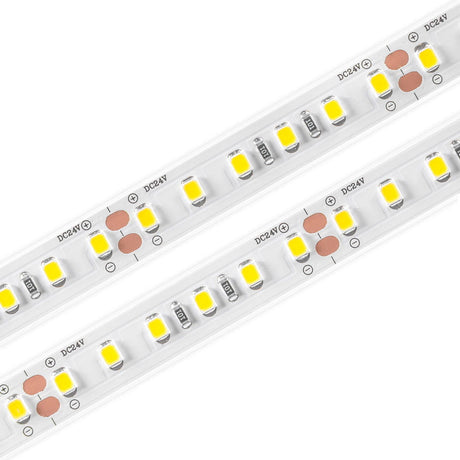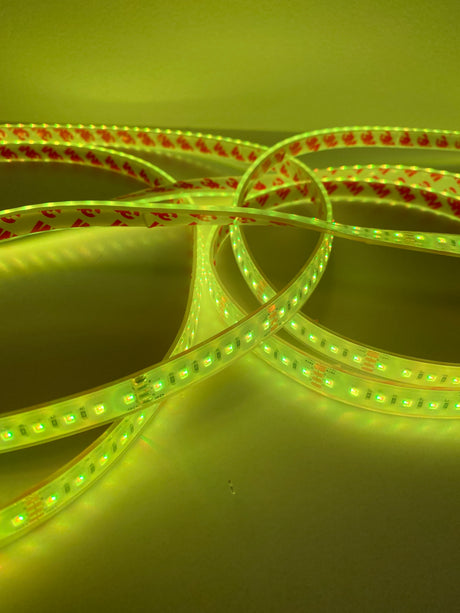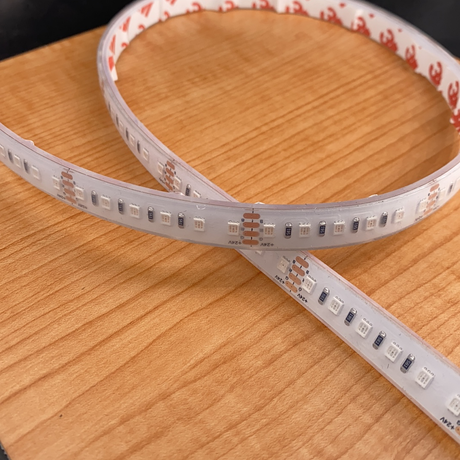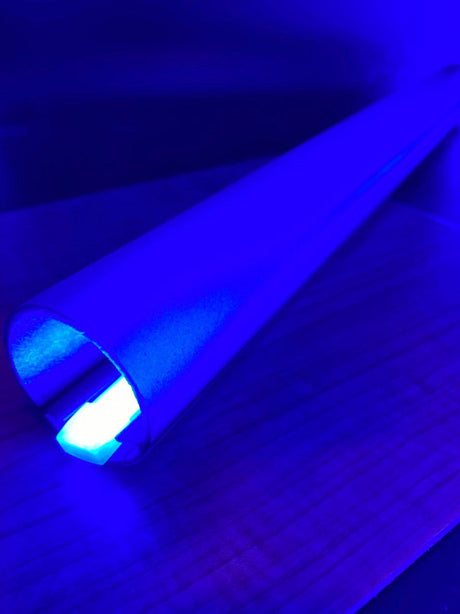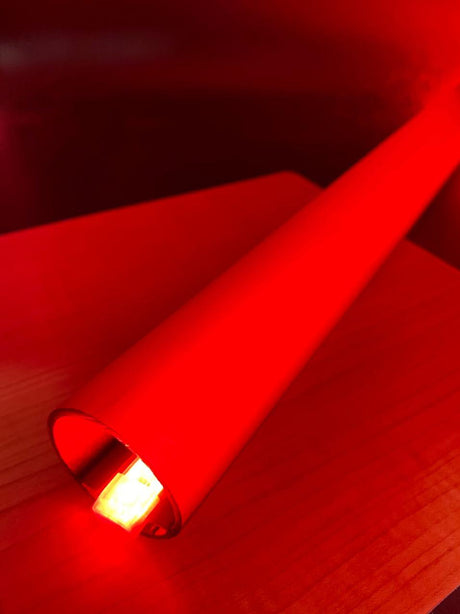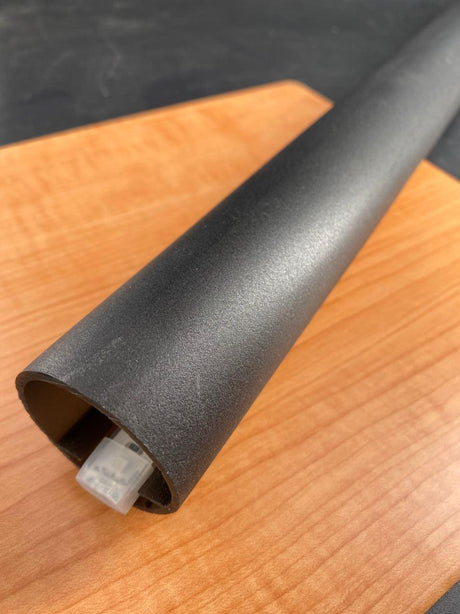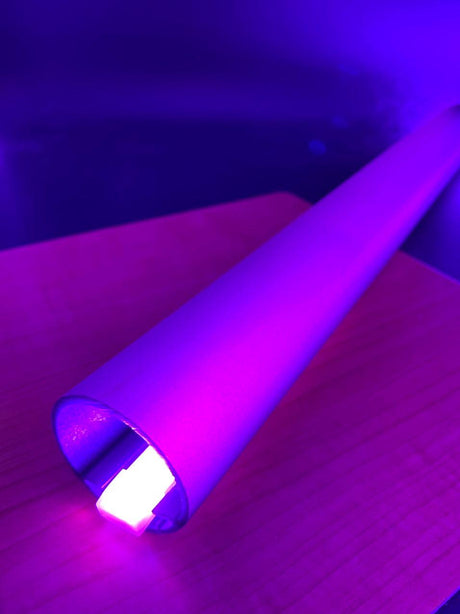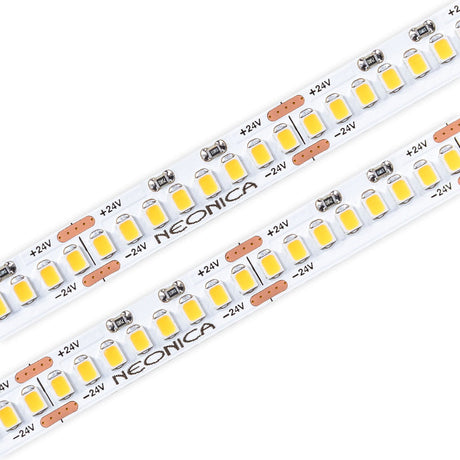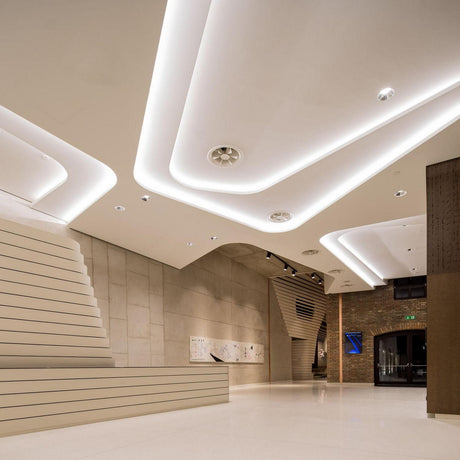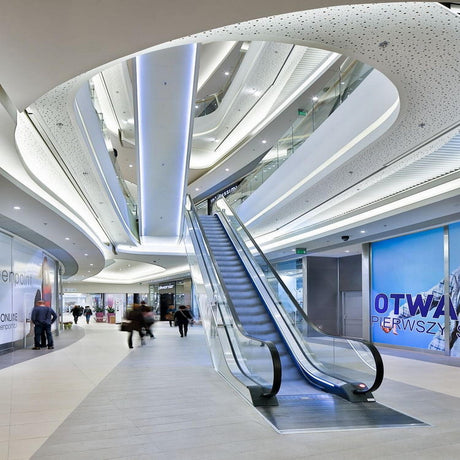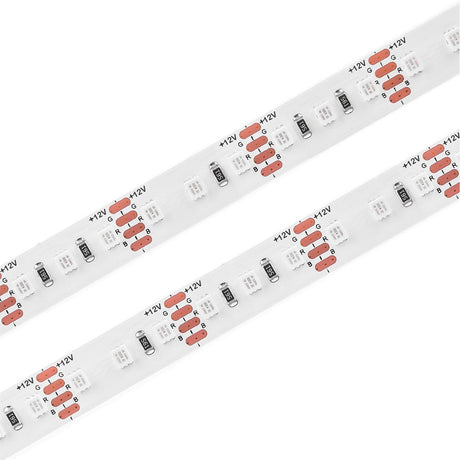-
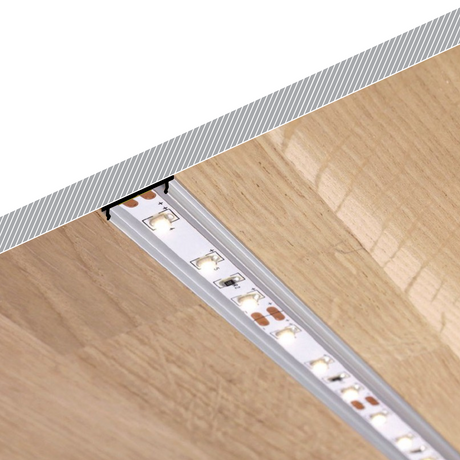
- Up to 15% off
White High CRI IP20 LED Strip (24V) ~ White Iris Series
Sale priceFrom $6.36 USD Regular price $6.81 USDUnit priceUnavailable - Up to 11% off
White High CRI IP68 Waterproof LED Strip (24V) ~ White Iris Series
Sale priceFrom $10.34 USD Regular price $11.08 USDUnit priceUnavailable - Up to 3% off
White High Output IP20 LED Strip (24V) ~ King Protea Series
Regular priceFrom $16.02 USDUnit priceUnavailable Bright RGB IP20 LED Strip (24V) ~ Verbena Series
Regular priceFrom $16.02 USDUnit priceUnavailableWhite IP68 Waterproof LED Strip (12V) ~ White Iris Series
Sale priceFrom $10.67 USD Regular price $11.85 USDUnit priceUnavailable- Up to 15% off
White High CRI IP20 LED Strip (12V) ~ White Iris Series
Sale priceFrom $10.15 USD Regular price $11.94 USDUnit priceUnavailable White High Output IP68 Waterproof LED Strip (24V) ~ King Protea Series
Regular priceFrom $24.17 USDUnit priceUnavailableBright RGB IP68 LED Strip (24V) ~ Verbena Series
Regular priceFrom $20.59 USDUnit priceUnavailable- Up to 17% off
White Ultra High Power IP20 LED Strip (24V) ~ Cardinal Flower Series
Sale priceFrom $314.52 USD Regular price $377.58 USDUnit priceUnavailable - Sold out
Bright RGB IP44 LED Strip (12V) ~ Verbena Series
Regular priceFrom $16.02 USDUnit priceUnavailable
High density LED Strips for Sale in the USA
LED strips are a popular choice for lighting up various spaces and adding a touch of ambiance. One type of LED strip that has recently gained popularity is high-density, industrial LED lighting strips. Our range of high density led strips offer a number of benefits compared to traditional LED strips and can be used in a variety of applications.
What are high-density LED strips?
Also known as high-resolution, bright LED strips, these are LED strips with a higher number of LED chips per unit length compared to standard LED strips. This results in brighter and more even illumination. High-density, high-lumen LED strips also have a tighter pixel pitch, which refers to the distance between individual LED chips. A smaller pixel pitch means that the LED chips are closer together, resulting in a smoother and more seamless display.
Benefits of high-density LED strips
There are several benefits to using these LED strips over traditional LED strips. Some of the main benefits include:
- Brighter and more even illumination: High-output LED strip lights offer a brighter and more even illumination than standard LED strips, making them ideal for lighting up larger spaces or creating a more cohesive display.
- Versatility: High-power LED light strips can be used in a variety of applications, including lighting up homes, offices, and public spaces, creating visual displays and enhancing the ambiance of any setting.
- Energy efficiency: High-density LED strips are energy efficient and can help to reduce energy consumption compared to traditional lighting sources.
- Flexibility: High-intensity LED strips are flexible and can be cut to size to create LED lights with custom lengths, making them easy to install in various spaces and configurations.
They can be used in a variety of applications, including:
- Retail and commercial spaces: Our LED lights can be used to highlight displays and create a cohesive and attractive lighting scheme in retail and commercial spaces.
- Hospitality and event spaces: These strips can also be used to create a dynamic and visually appealing atmosphere in hospitality and event spaces, such as bars, clubs, and hotels.
- Bright strip lights for home lighting: High-output LED strips are perfect for illuminating any space in the home, including kitchens, living rooms, and bedrooms. With their high brightness, these LED lights are ideal for completing tasks and adding an extra level of functionality to your home
Best super bright High density LED strips for sale
The highest-density LED strips are a top choice for lighting projects due to their bright and efficient illumination. Here are the top heavy-duty LED strips we suggest using for your projects:
White High Output IP20 LED Strip (24V) ~ King Protea Series - The dimmable high-output King Protea white LED strip is a top-performing lighting solution that is perfect for indoor primary lighting applications.
White High Power OSRAM Duris E5 (24V) ~ White Magnolia Series - This high-power LED strip uses OSRAM diodes with a CRI of 80+. This 24V strip is perfect for indoor use with its IP20 rating and offers a variety of color temperatures.
Bright RGB LED Strip ~ Verbena Series - This super bright, high-density LED tape is a top-performing lighting solution that delivers vibrant, punchy colors with its high density of 120 LEDs per meter. The color-changing capabilities of this strip make it ideal for adding dynamic lighting to any space, including stage lighting, bar area lighting, and playgrounds.
Neonica LED strip ULTRA PERFORMANCE 1120 LED 24V - Cardinal Flower Series - This high-quality, dense LED strip is made in Europe to the highest standards. Thanks to their high output, these strips are perfect for illuminating any space and can be easily customized thanks to their cuttable design. With a CRI of 90+, these LED lights provide true-to-life color rendering, making them a great choice for homeowners and contractors alike.
Wired4Signs USA: A Leading Supplier of High Density LED Strips for Sale
LED strips have become increasingly popular for their versatility, ease of installation, and energy efficiency. Wired4Signs USA is a leading provider of LED strips, and our selection of high density LED strips for stands out from the competition.
What is High Density LED Strip? High density LED strips refer to LED lights that have a higher number of LEDs per unit of length compared to regular LED strips. This results in a brighter and more uniform light output, making them ideal for applications that require high-intensity lighting.
What is the Density of LED Light Strips? The density of LED light strips is expressed as the number of LEDs per meter or foot of the strip. A high density LED strip typically has a density of 300 to 600 LEDs per meter. This compares to a standard LED strip that has a density of 60 to 120 LEDs per meter.
What are the Highest Quality LED Light Strips? The highest quality LED light strips are those that are made from high-quality materials and components, such as durable and heat-resistant PCBs and high-intensity LED chips. They should also have a high color rendering index (CRI) to accurately display colors and a long lifespan to minimize the need for replacements.
What's the Difference Between 5050 and 3528 LED? 5050 and 3528 are two commonly used LED chips for LED lighting applications. The main difference between the two is the size and power consumption of the LED chips. 5050 LED chips are larger and consume more power, making them suitable for high-intensity lighting applications. 3528 LED chips are smaller and consume less power, making them ideal for low-intensity lighting applications.
Conclusion
In conclusion, Wired4Signs USA has a great selection of high density LED strips that are made to the highest standards of quality and reliability. Whether you're looking for a high density RGB LED strip for a commercial project or high density LED tape for a home renovation project, we have the products you need. Contact us today to learn more about our LED strip selection and find the perfect solution for your needs.
Upgrade your lighting with our high-density architectural LED strip lighting. These advanced strips offer brighter, more even illumination and higher resolution compared to traditional LED strips. In addition to their impressive performance, they are also energy efficient, making them a smart choice for a wide range of applications including retail and commercial spaces, hospitality and event spaces, and home lighting. With their versatility and efficiency, high-density LED strips are the best tape for LED lights and an excellent choice for enhancing the ambiance and aesthetics of any space with high-output LED lighting.
Contact us now for expert lighting assistance with custom LED light strips. Let us help you create the perfect solution for your needs.
FAQs
What is high density LED?
A high-density LED refers to LED strips with a high number of LEDs per meter, resulting in a brighter and more uniform light output with fewer visible gaps between LEDs. This density allows for a smoother, continuous lighting effect, ideal for applications requiring even illumination, like under-cabinet lighting, backlighting, and decorative accents.
How do I choose the best LED strip lights?
To select the best LED strip lights for your specific needs, start by determining the illumination requirements for your intended application. If you are aiming to enhance the ambiance of a space through accent lighting, standard density LED strip lights are a good option to effectively enhance the look and aesthetic appeal of a room.If you want to illuminate your cabinets or decorative display, high density LED strip lights is recommended to use. High density led strip lights offer an even and smooth distribution of light, ensuring clarity and brightness in the targeted areas.
Do high density LED strips use a lot of electricity?
Yes, high-density LED strips typically use more electricity compared to lower density ones. The brightness of the illumination is directly associated with the LED density on the strip, and higher density strips consume more power. This relationship is closely tied to the size of the individual diodes on the LED strip.
What is the difference between cheap and expensive LED strips?
The main differences between cheap and expensive LED strips are quality, durability, brightness, and color accuracy. Expensive LED strips typically use higher-grade materials and LEDs, which provide brighter, more consistent light output and accurate color representation. They also tend to last longer, as they often have better heat management and more reliable power supplies. Cheaper strips, while cost-effective, may suffer from dimmer light, uneven color, and shorter lifespans due to lower-quality components and inadequate cooling.
Which is better low density or high density?
When comparing low-density and high-density LED strips, the choice depends on the intended application. High-density LED strips contain more LEDs per meter, resulting in brighter illumination and a more uniform light output, making them ideal for areas requiring significant brightness, such as commercial spaces or accent lighting. On the other hand, low-density LED strips are suitable for more subtle lighting needs, such as ambient or decorative lighting, where a softer glow is desired. Additionally, high-density strips tend to consume more power and generate more heat, so they may require better heat dissipation solutions.
How does LED density affect the lifespan of LED Strip?
LED density does not directly impact the lifespan of individual LEDs; instead, the longevity of each LED is determined by its driving current and thermal performance. However, changes in LED density can indirectly affect the lifespan of an LED strip due to various factors.
Firstly, a higher density LED strip draws more power, generating increased heat throughout the strip. This elevated ambient temperature may accelerate the degradation of the strip lights, potentially shortening their lifespan.
Secondly, in lower density LED strips, individual LEDs might be driven with higher intensity to compensate for the reduced number of LEDs. Excessive drive current can likely decrease the overall lifespan of the LEDs.
To accurately assess the impact on longevity, it is crucial to evaluate thermal and drive current metrics at the individual LED level and compare them against the LED specifications. For example, a high LED count in an high density LED strip may result in increased heat, affecting the overall temperature of the LEDs. Similarly, a lower density LED strip with fewer LEDs might require driving individual LEDs more intensely, posing a potential risk to their longevity.













